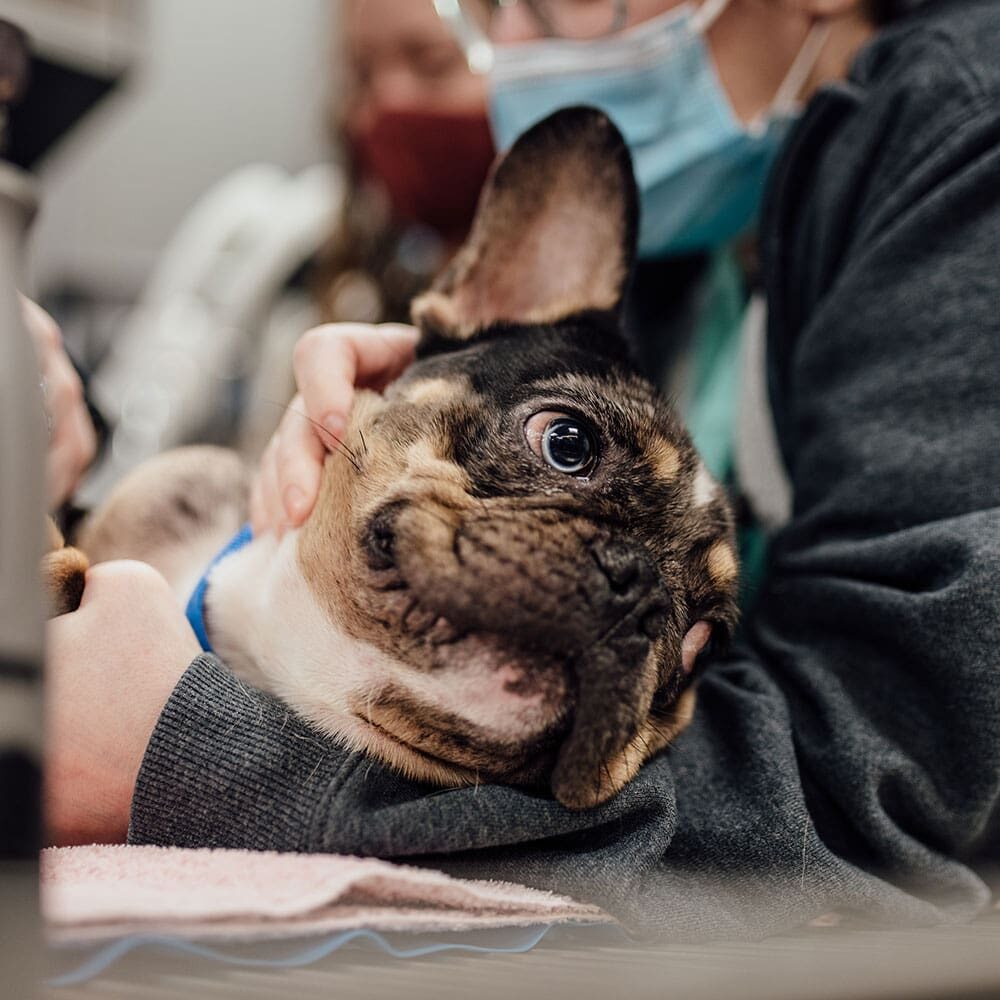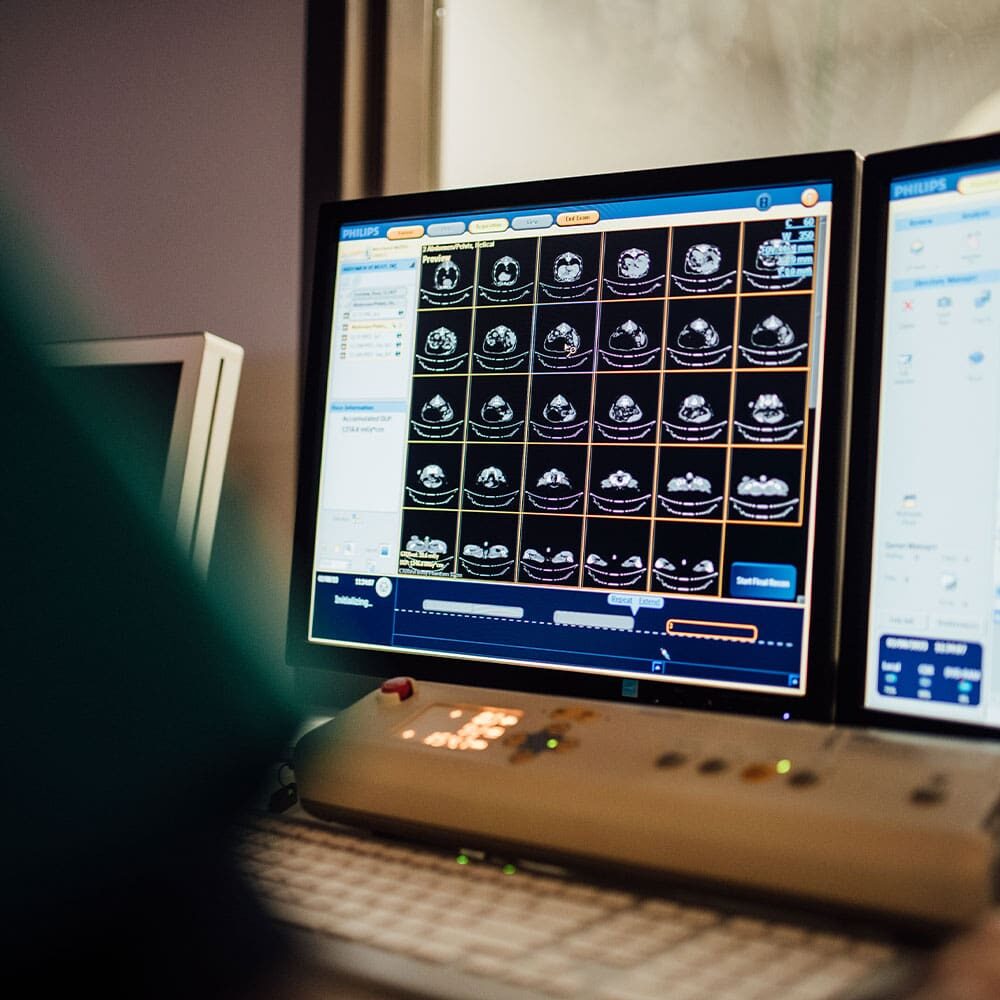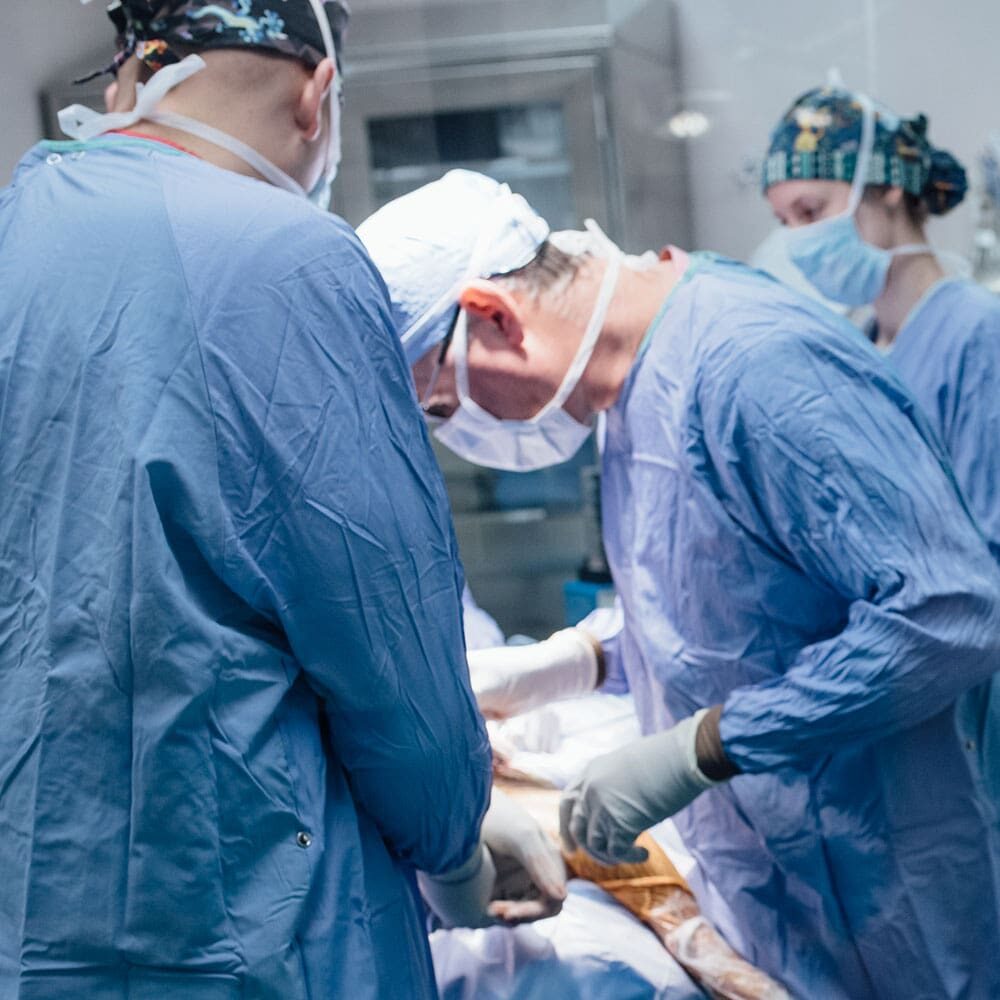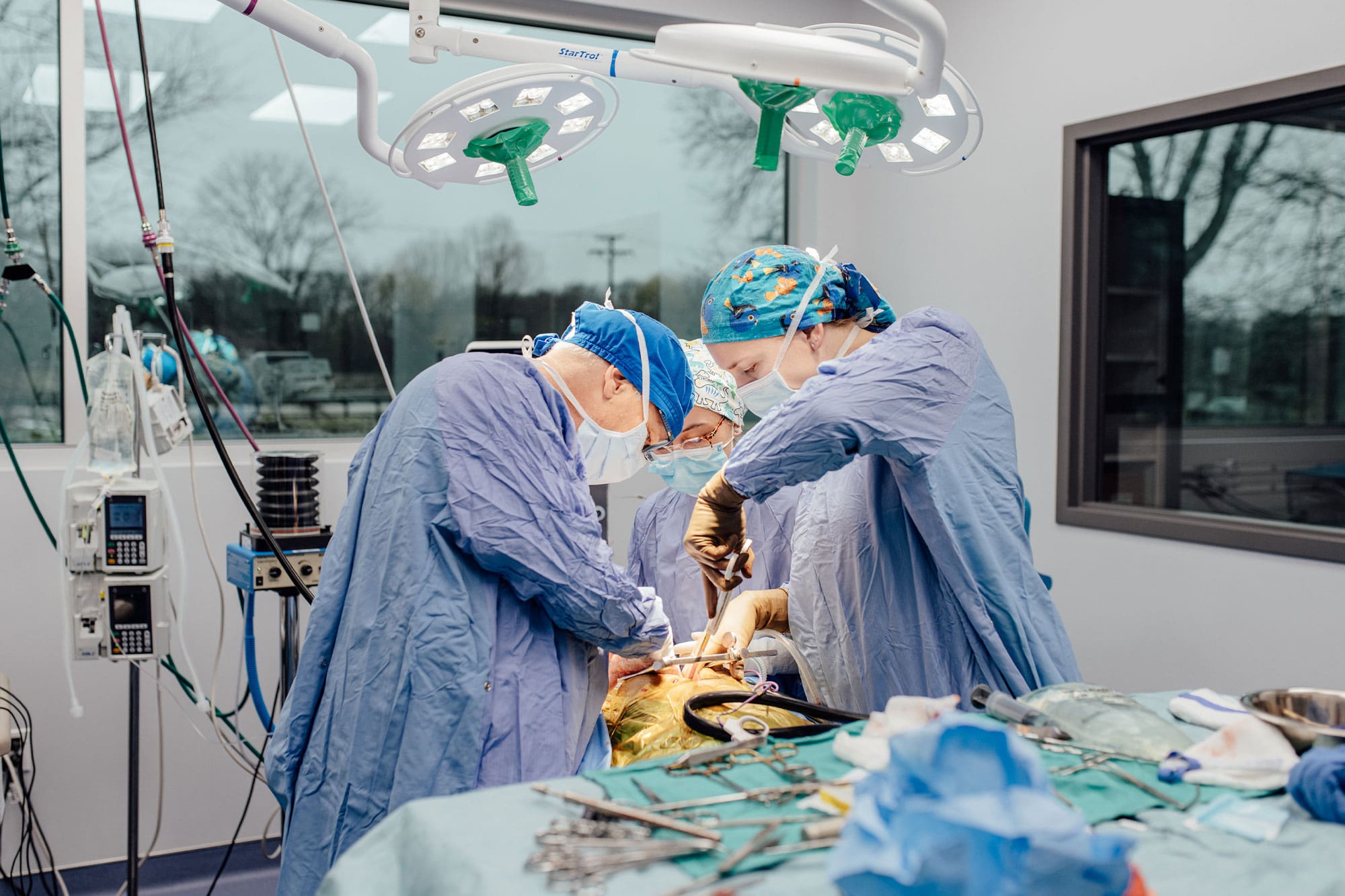Flat-faced breeds like Bulldogs, Pugs, Boston Terriers, and French Bulldogs often face breathing difficulties due to their facial structure. This condition is known as Brachycephalic Obstructive Airway Syndrome (BOAS)—a combination of anatomical abnormalities that can make it hard for your dog to breathe, especially in warm weather or during exercise. At Veterinary Specialty Center, our surgeons provide advanced diagnostic imaging and surgical care to help brachycephalic dogs breathe more comfortably and live more active, happy lives.
What Is BOAS?
Brachycephalic Obstructive Airway Syndrome refers to a set of airway issues that affect dogs with shortened skulls. These breeds often have narrow nasal passages, elongated soft palates, and other structural problems that limit airflow. Over time, these issues can cause more serious changes to the throat and windpipe if not addressed.


Signs of BOAS in Dogs
If your dog shows any of the following symptoms, they may benefit from an evaluation for BOAS:
-
Noisy breathing, snorting, or snoring
-
Difficulty breathing during walks or play
-
Cyanosis (blue gums) or fainting in severe cases
-
Gagging, retching, or vomiting—especially when excited
-
Intolerance to heat or exercise
These signs often worsen over time or during stressful situations. Dogs with BOAS may also show signs of digestive discomfort, such as reflux or regurgitation.
What Causes BOAS?
Several structural abnormalities can contribute to Brachycephalic Obstructive Airway Syndrome in dogs. Each case is unique, and most dogs have more than one source of obstruction:
-
Stenotic nares
Narrow or collapsed nostrils that limit airflow
-
Elongated or thickened soft palate
Tissue that obstructs the throat during breathing
-
Abnormal nasal turbinates (conchae)
Extra tissue inside the nose that restricts airflow
-
Enlarged tongue or tonsils
These can crowd the back of the mouth
-
Laryngeal collapse
Weakening of the cartilage in the voice box
-
Hypoplastic trachea
A smaller-than-normal windpipe, especially in Bulldogs
Diagnosing BOAS:
A Multi-Level Assessment


Our team uses a combination of advanced diagnostics to pinpoint the location and severity of the airway obstruction. We will start by performing a physical examination of your dog’s nose and mouth. Then, we will perform thoracic radiographs to assess the trachea and rule out pneumonia or hiatal hernia and a CT scan for detailed views of the nasal passages, soft palate, and throat. An endoscopic examination may also be necessary to assess internal structures, including the larynx and nasal turbinates. This comprehensive approach allows us to tailor a surgical plan that addresses all the obstructive areas at once—improving both safety and surgical outcomes.
Surgical Treatment for BOAS
Brachycephalic surgery is often life-changing for affected dogs. Depending on the findings during your dog’s evaluation, we may recommend one or more of the following procedures:
-
Widening the nostrils (nares) to allow better airflow
-
Shortening and thinning the soft palate to prevent blockage of the throat
-
Removal of everted laryngeal saccules, if they are contributing to airway obstruction
Every surgery is performed with the goal of improving your dog’s breathing while minimizing post-operative discomfort.


Every surgery is performed with the goal of improving your dog’s breathing while minimizing post-operative discomfort.
Anesthesia Risks for BOAS Surgery
Brachycephalic breeds are at an increased risk while under anesthesia, when normal breathing reflexes are temporarily suppressed. Our team will take every precaution to ensure your pet’s safety before, during and after any bracycephalic surgery.

